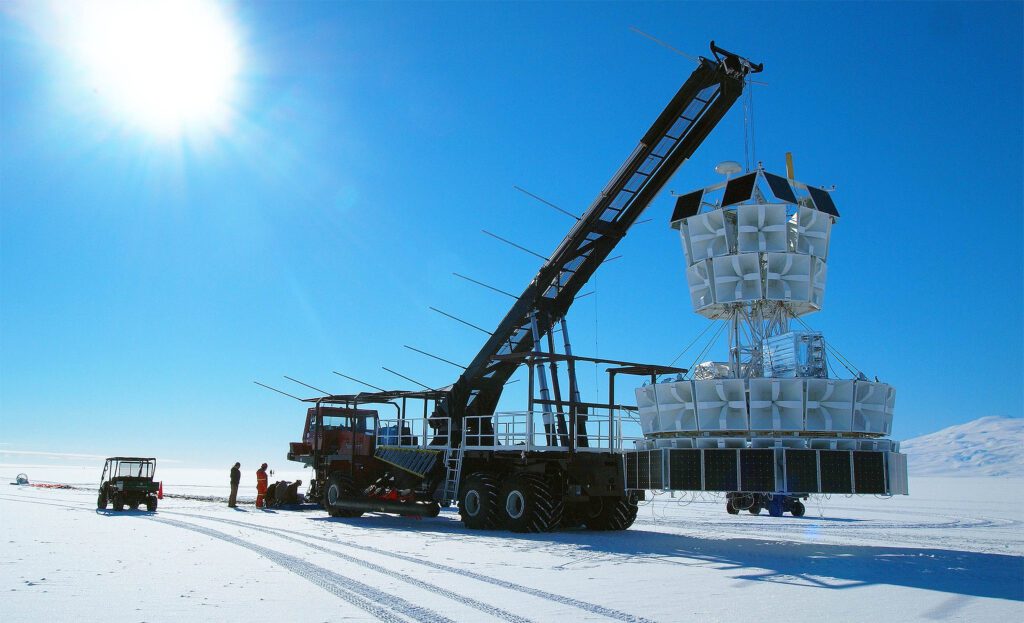Antarctica’s clear skies make it an ideal location for cosmic observation. NASA’s ANITA (Antarctic Impulsive Transient Antenna) captures radio signals generated when cosmic rays collide with the atmosphere. While most signals behave as expected, ANITA detected unusual upward pulses that defy current scientific understanding, as they suggest particles traveling through over 3,000 miles of rock, an implausible journey for known particles.
Researchers have confirmed these pulses are real, reaching steep angles and originating from below the horizon, leading to speculation they may not be neutrinos, despite them being a primary suspect. ANITA utilizes balloon-based data collection, analyzing thousands of signal hours to distinguish real particle events from noise.
Future missions, including the upcoming Pueo balloon in 2025, aim to improve sensitivity and continue investigating these anomalies. The search for exotic particles or unique radio propagation effects will advance, as tools across the globe, including ocean-floor detectors, also contribute to the exploration of high-energy neutrinos. The study was published in the Journal Physical Review Letters.
Source link


